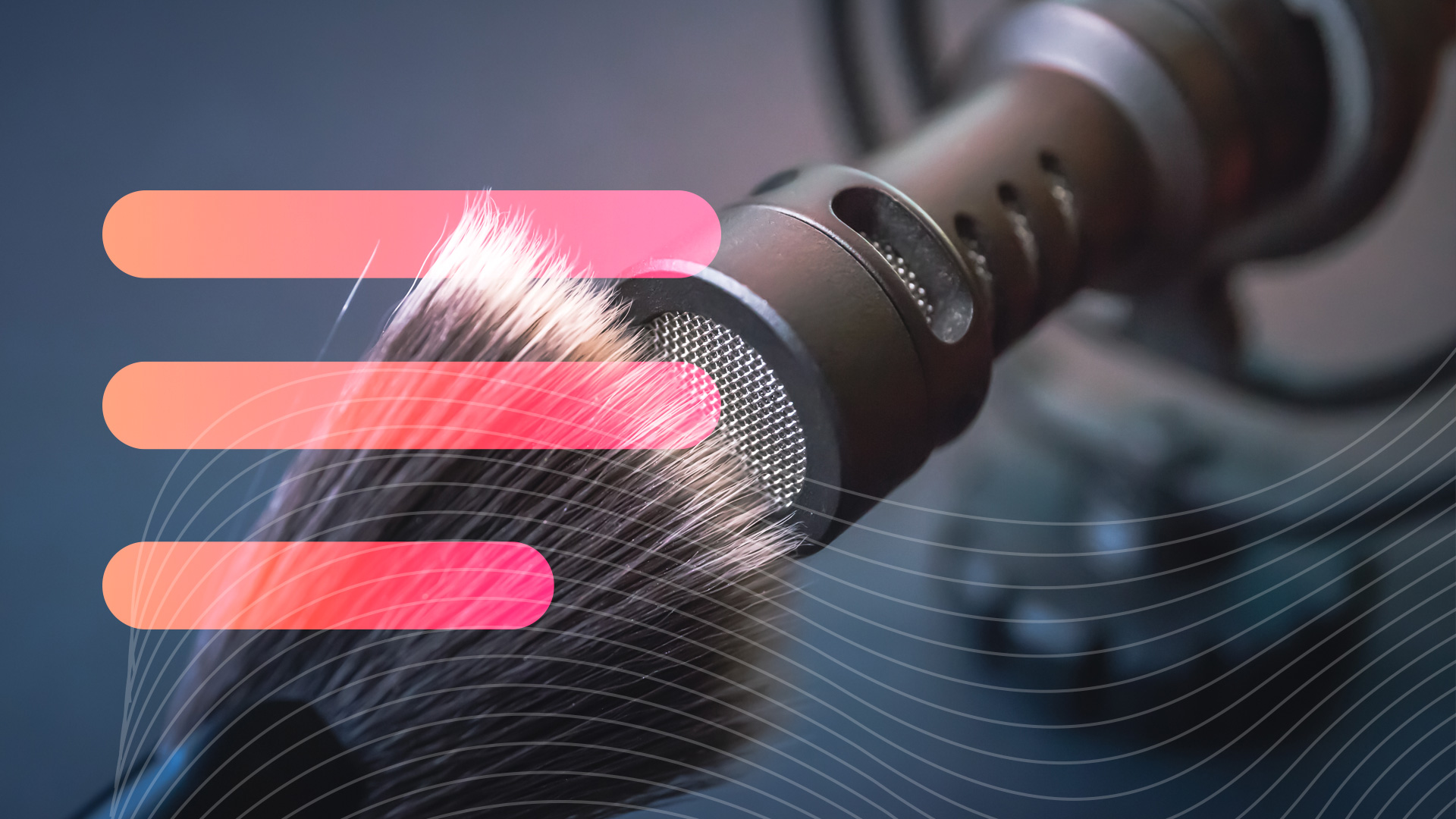In today’s fast-paced world, stress and anxiety are pervasive, making relaxation a sought-after remedy. Autonomous Sensory Meridian Response (ASMR) has emerged as a popular and intriguing phenomenon that claims to help people relax, unwind, and even sleep better. But is ASMR truly effective, or is it merely a sensory trend? In this blog post, we’ll delve into the world of ASMR, exploring what it is, its potential benefits, and the scientific evidence surrounding its ability to promote relaxation.
Understanding ASMR
ASMR refers to Autonomous Sensory Meridian Response, a term coined to describe the tingling, calming sensation some individuals experience in response to specific auditory and visual stimuli. ASMR content usually takes the form of videos or audio recordings and often includes soft-spoken voices, gentle tapping, crinkling sounds, and other repetitive, soothing noises. Many people who watch or listen to ASMR claim that it helps them relax, reduces stress, and even improves their sleep quality.
Common ASMR Triggers
ASMR triggers can vary widely from person to person, but some common ones include:
- Whispering or soft-spoken speech: The gentle, hushed tones of ASMR creators can have a calming effect.
- Tapping and scratching: The rhythmic sounds of tapping on objects or fingernails gently grazing surfaces can be soothing.
- Crinkling: The sound of crinkling paper or plastic can evoke a sense of relaxation.
- Personal attention: ASMR content creators often simulate personal attention by pretending to apply makeup, giving haircuts, or providing other forms of care.
- Role-playing: ASMR creators may engage in role-playing scenarios, such as medical exams, which some viewers find comforting and relaxing.
The Subjective Nature of ASMR
It’s important to note that ASMR is highly subjective. Not everyone experiences ASMR, and for those who do, the triggers and sensations can vary greatly. Some individuals may find whispering relaxing, while others may prefer the sounds of tapping or crinkling. The effectiveness of ASMR for relaxation largely depends on the individual’s personal preferences and sensory sensitivities.

The Potential Benefits of ASMR
Advocates of ASMR claim various benefits, including:
- Stress Reduction: Many people find that ASMR content helps reduce stress and anxiety by inducing a sense of calm and relaxation.
- Improved Sleep: Some individuals use ASMR as a sleep aid, finding that it eases the process of falling asleep and promotes better sleep quality.
- Enhanced Focus and Concentration: ASMR may help some individuals concentrate on tasks or study by creating a calming atmosphere and reducing distractions.
- Pain Relief: There is anecdotal evidence that ASMR can help reduce the perception of pain or discomfort, especially when used in conjunction with mindfulness techniques.
The Science of ASMR
While ASMR has gained popularity and garnered numerous testimonials, the scientific community is still exploring this phenomenon, and research is in its infancy. Nonetheless, several studies have attempted to shed light on the effects and mechanisms of ASMR. It’s essential to recognize that while these studies provide some insight into the physiological and psychological responses associated with ASMR, the research is still ongoing. The complex nature of ASMR, along with its subjectivity and the difficulty of conducting controlled experiments, presents challenges for scientific investigations.
ASMR and Placebo Effect
The efficacy of ASMR for relaxation could, in part, be attributed to the placebo effect. The power of suggestion and expectation can significantly influence how individuals perceive sensations and their emotional state. If someone believes that ASMR helps them relax, their anticipation of relaxation may create a self-fulfilling prophecy.
Critics argue that the relaxation people experience with ASMR might be due to a placebo effect, where the belief in its effectiveness leads to the perceived benefits. This doesn’t diminish the potential value of ASMR for relaxation, as the placebo effect itself can be a powerful tool for improving well-being.


